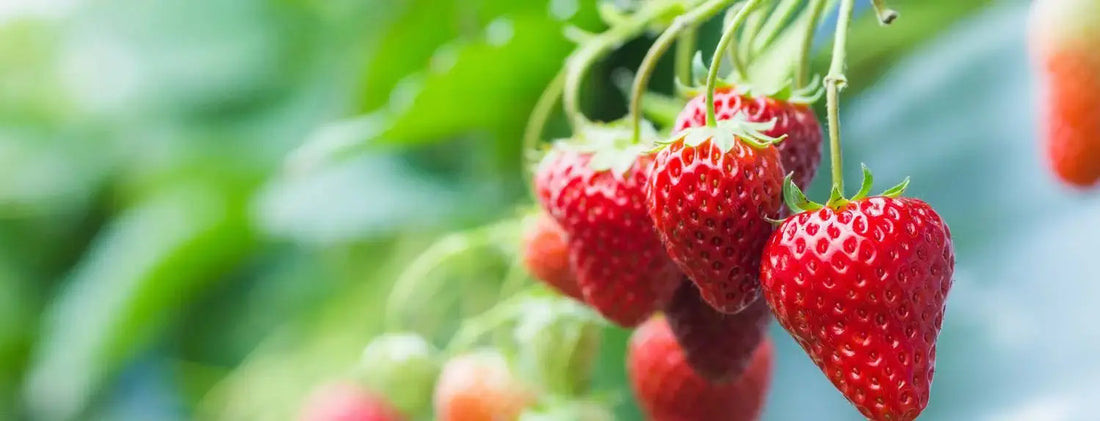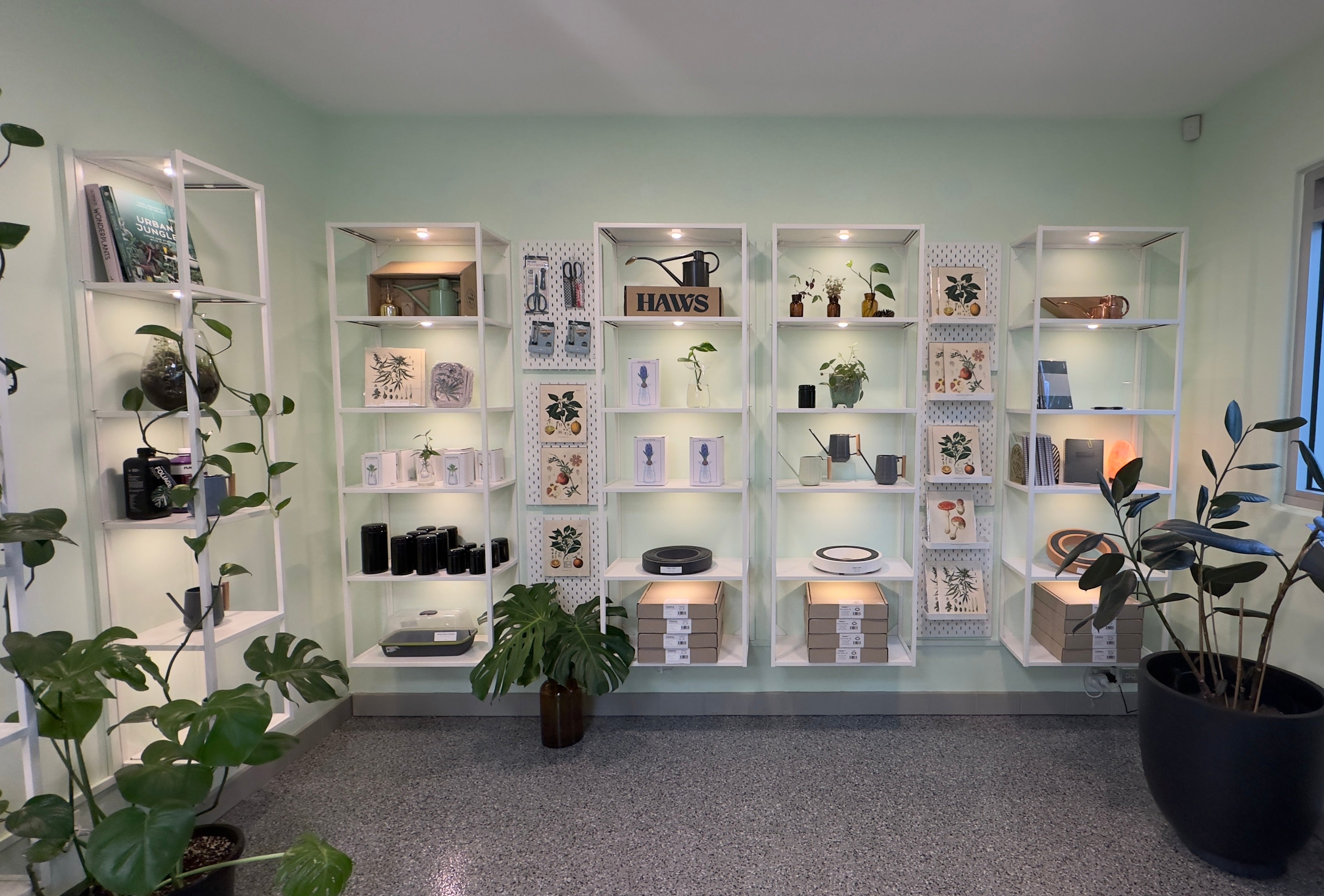Beginner-Friendly Plants for an Indoor Hydroponic Garden: Top Choices
Your first decision when starting in hydroponics isn’t about nutrients or lighting. It’s about what you grow.
Choose wisely and your first harvest will be smooth and rewarding.
Choose poorly, and you’ll spend more time troubleshooting than enjoying the process.
That’s why it smart to start with beginner-friendly plants.
They’re resilient, fast-growing, and give you plenty of opportunity to practise core skills like monitoring pH and EC.
And it doesn't matter what types of plants you actually want to grow. By starting with easy varieties, you’ll gain confidence before moving on to bigger challenges.
Here are our top choices for the best plants to begin with, supported by tips on how to harvest them, and the products that can make your indoor hydroponic garden thrive.
Why Start With Beginner-Friendly Plants?
When you’re new to hydroponics, you want plants that grow with minimal fuss. Crops that adapt well to varying nutrient levels, recover quickly from small mistakes, and grow fast enough to keep you motivated.
Working with easy growers also helps you focus on mastering the essentials: pH monitoring, EC levels, and light cycles. Once you’re confident with these basics, you can start working with more challenging crops.
Leafy Greens for Quick Results in Weeks
Lettuce, spinach, and kale are some of the most popular beginner-friendly plants. They germinate quickly and can be harvested within weeks, making them perfect for growers who want fast, visible results.
Because leafy greens don’t need heavy fruiting nutrients, they keep your feeding schedule simple. Pair them with a compact hydroponic system, and you’ll have fresh salads at your fingertips year-round.
Our Product Recommendation

The A‑Grade Apprentice – A compact all-in-one grow tent kit with LED lighting, ventilation, coco medium, fabric pots, and more. It’s designed to simplify the start-up process while giving you room to experiment with beginner-friendly plants.
Harvesting tips
| Lettuce | Spinach | Kale |
|---|---|---|
| Cut outer leaves first, leaving the crown intact for regrowth. | Pick larger outer leaves regularly to encourage new growth. | Snap or cut mature leaves from the bottom upwards. |
| Harvest in the morning for crisp leaves. | Don’t strip the whole plant at once; leave at least a third intact. | Younger leaves are tender and best for raw salads. |
| Avoid letting plants bolt (flower), as this makes leaves bitter. | Harvest before plants mature fully for sweeter flavour. | Regular harvesting keeps plants producing for months. |
Herbs for Flavour and Fragrance Made Easy
Basil, mint, and coriander (cilantro) are all strong candidates for your first indoor hydroponic garden. These herbs taste great and add fragrance to your grow space and can be harvested continually.
Because herbs can be cut and regrown multiple times, they’re a fantastic value crop. They also thrive under LED grow lights, making them a good fit for smaller home systems.
Our Product Recommendation

Harvesting Tips
| Basil | Mint | Coriander (Cilantro) |
|---|---|---|
| Pinch stems just above a node (where two leaves meet). | Snip stems just above a set of leaves. | Cut whole stems close to the base. |
| Avoid removing more than one-third of the plant at a time. | Frequent cutting prevents plants from becoming woody. | Harvest every 2–3 weeks for continual regrowth. |
| Regular picking prevents flowering and boosts leaf growth. | Harvest before flowering for the strongest flavour. | Leaves are best used fresh, before plants start forming seeds. |
Strawberries for a Sweet Beginner’s Challenge
If you’re ready to branch out a little, strawberries are a rewarding step up. They need more attention than lettuce but are still considered beginner-friendly plants. With the right nutrients, they produce fresh berries that taste far better than store-bought fruit.
Strawberries love consistent moisture, so hydroponic systems make perfect sense for them. Just be prepared to keep a closer eye on EC and pH than with greens or herbs.
Our Product Recommendation

Harvesting Tips
| Strawberries |
|---|
| Pick berries when fully red and slightly soft to the touch. |
| Check plants every 2–3 days during fruiting season. |
| Harvest gently to avoid bruising the fruit or damaging stems. |
Tomatoes for Bigger Yields for Beginners
Cherry tomatoes are one of the easiest fruiting crops to try. They take longer to mature than herbs or greens, but their resilience makes them a solid beginner choice.
Tomatoes need strong light and a little extra nutrient management, but once established, they’ll reward you with months of continual harvest.
Our Product Recommendation

Harvesting Tips
| Cherry Tomatoes |
|---|
| Pick fruit when fully coloured and slightly firm. |
| Harvest regularly to encourage more flowering and fruiting. |
| Use two hands: one to hold the vine, one to twist off fruit. |
Choosing beginner-friendly plants helps you avoid frustration and build a foundation for long-term success. Start small, focus on consistency, and use quality gear that simplifies the process.
At A-Grade Hydroponics, we only stock products we’ve tested ourselves—so you can trust they’ll perform in your grow room. Check out the full range of systems, nutrients, and accessories on our online store.
Quick Reference: Beginner-Friendly Plants at a Glance
| Plant | Scientific Name | Light Requirements | pH Range | Typical Harvest Time |
|---|---|---|---|---|
| Lettuce | Lactuca sativa | Moderate–high LED (PPFD 200–400 µmol/m²/s) | 5.5–6.5 | 4–6 weeks |
| Spinach | Spinacia oleracea | Moderate LED (PPFD 200–400 µmol/m²/s) | 5.5–6.5 | 5–6 weeks |
| Kale | Brassica oleracea (Acephala group) | Moderate–high LED (PPFD 250–450 µmol/m²/s) | 5.5–6.5 | 6–8 weeks |
| Basil | Ocimum basilicum | High LED (PPFD 400–600 µmol/m²/s) | 5.5–6.5 | 4–6 weeks (cut & regrow) |
| Mint | Mentha spp. | Moderate LED (PPFD 250–450 µmol/m²/s) | 6.0–7.0 | 4–8 weeks (cut & regrow) |
| Coriander | Coriandrum sativum | Moderate LED (PPFD 250–450 µmol/m²/s) | 6.2–6.8 | 3–5 weeks |
| Strawberry | Fragaria x ananassa | High LED (PPFD 500–700 µmol/m²/s) | 5.5–6.5 | 8–10 weeks |
| Cherry Tomato | Solanum lycopersicum var cerasiforme | Very high LED (PPFD 600–900 µmol/m²/s) | 5.5–6.5 | 10–12 weeks (ongoing harvests) |




